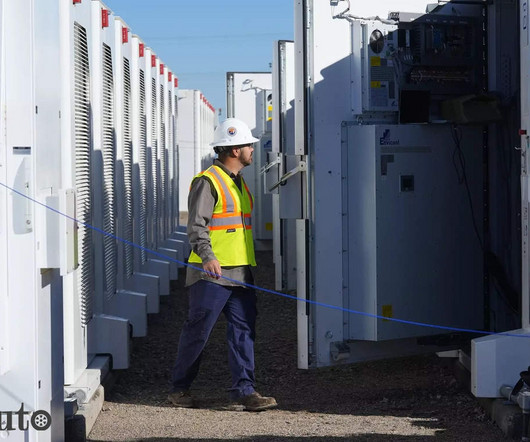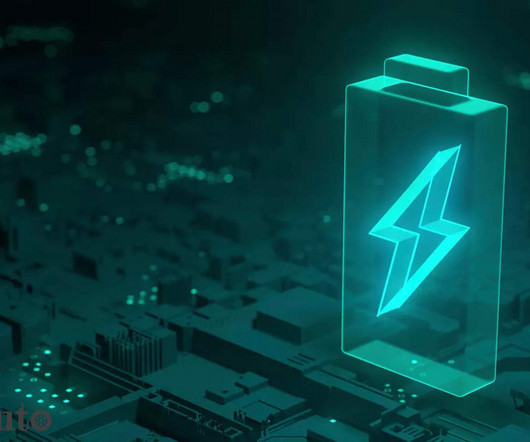China’s battery storage capacity growth likely to slow in 2024 – ET Auto
Baua Electric
APRIL 11, 2024
“In 2024, the entire world is in a stage of reconfiguring supply chains, geopolitics are bringing new challenges to supply chains,” CNESA said in the white paper. That estimate lags the expected growth in sales of energy storage products, which will rise 35% year-on-year globally, according to the white paper.












Let's personalize your content